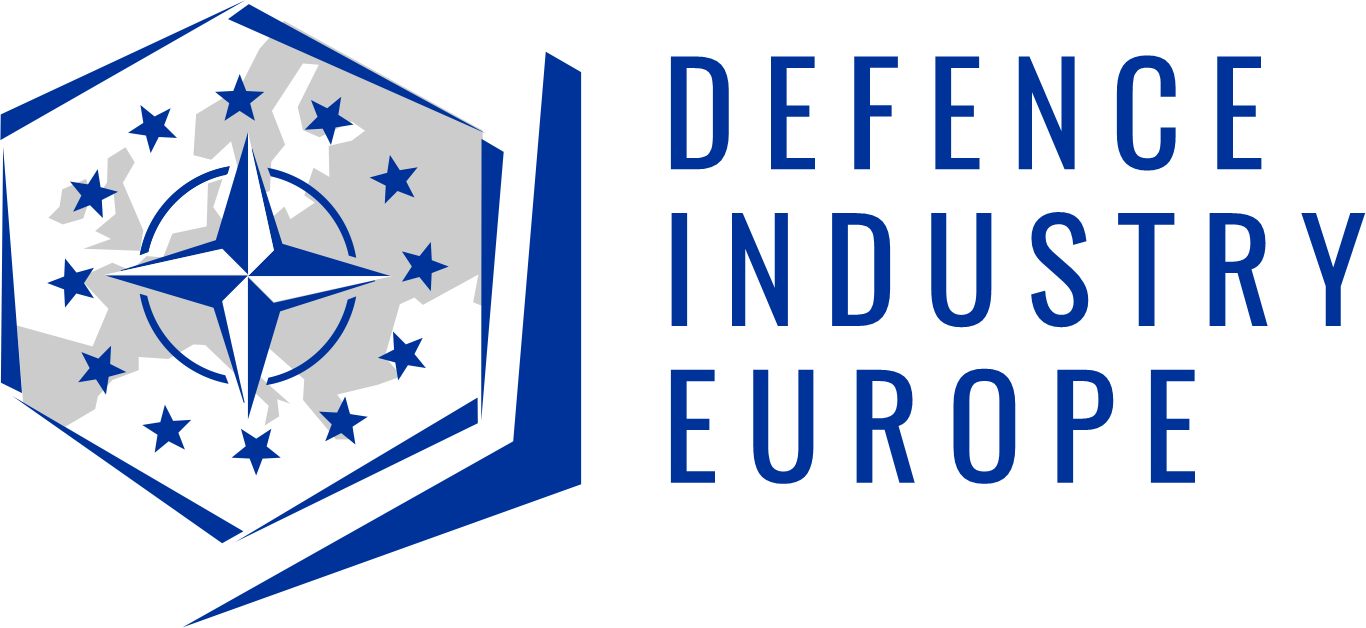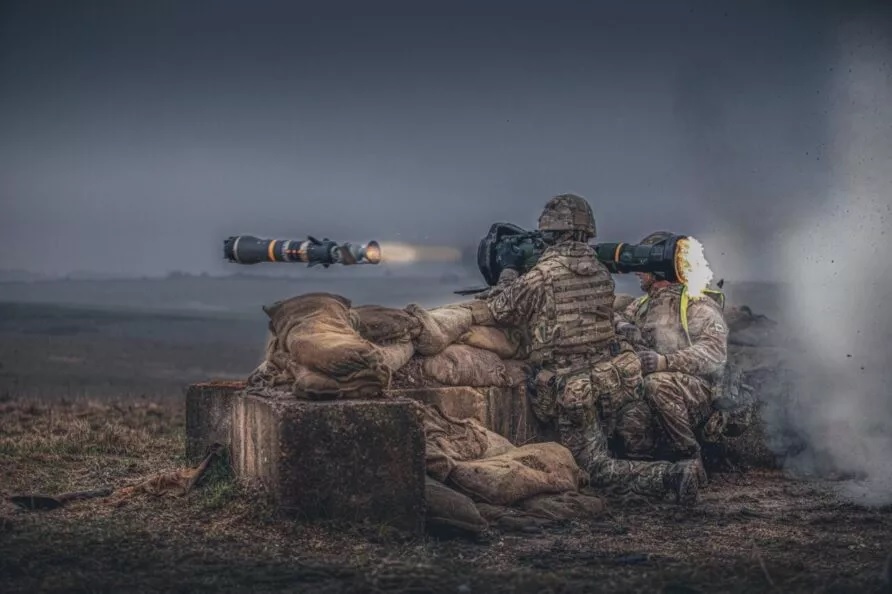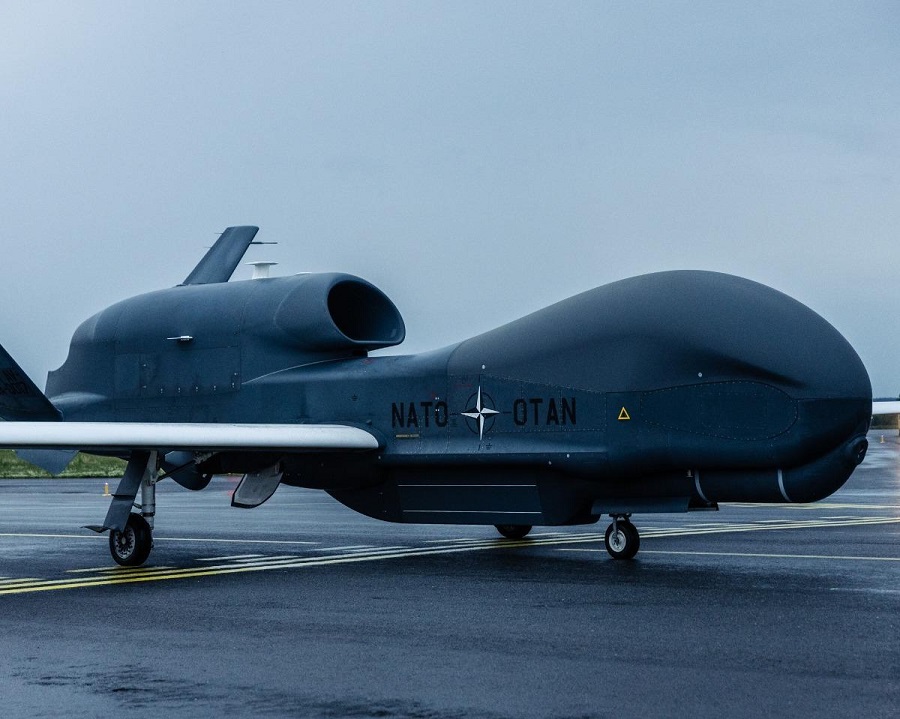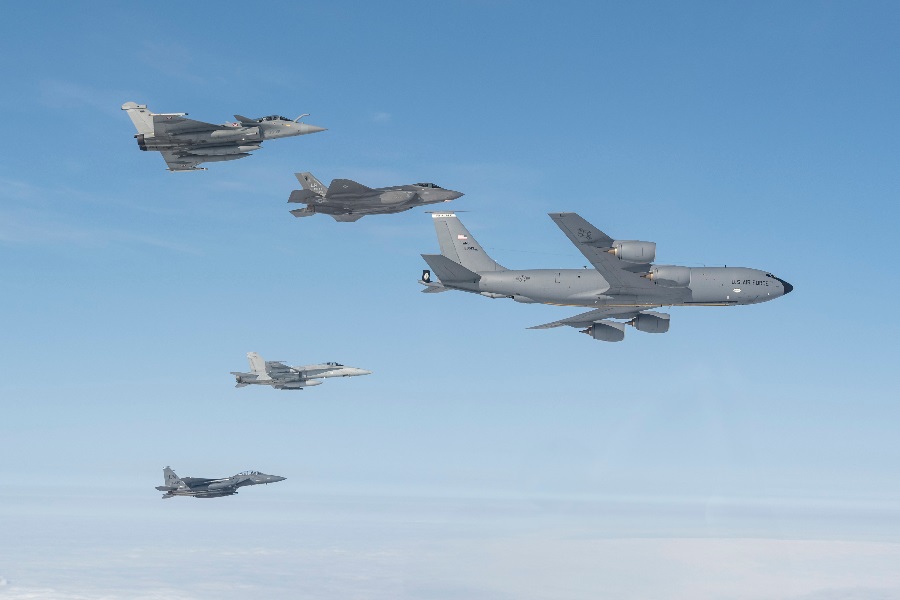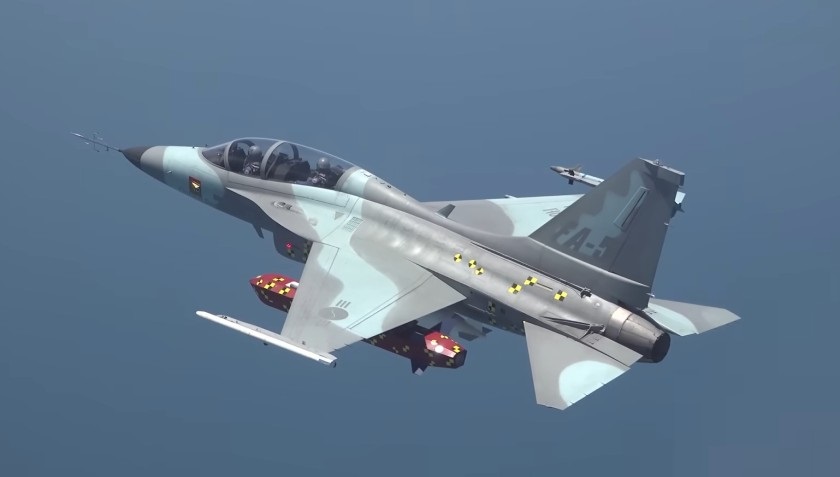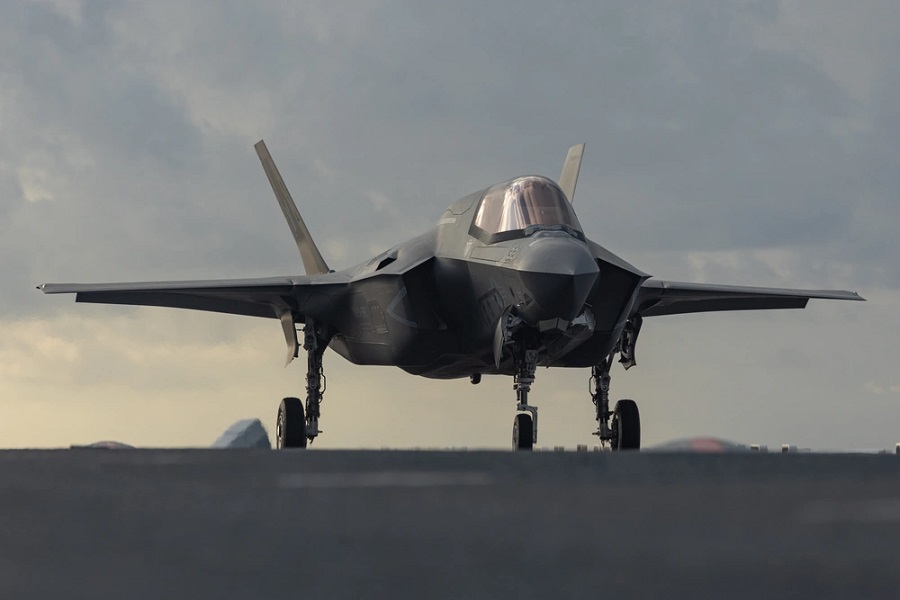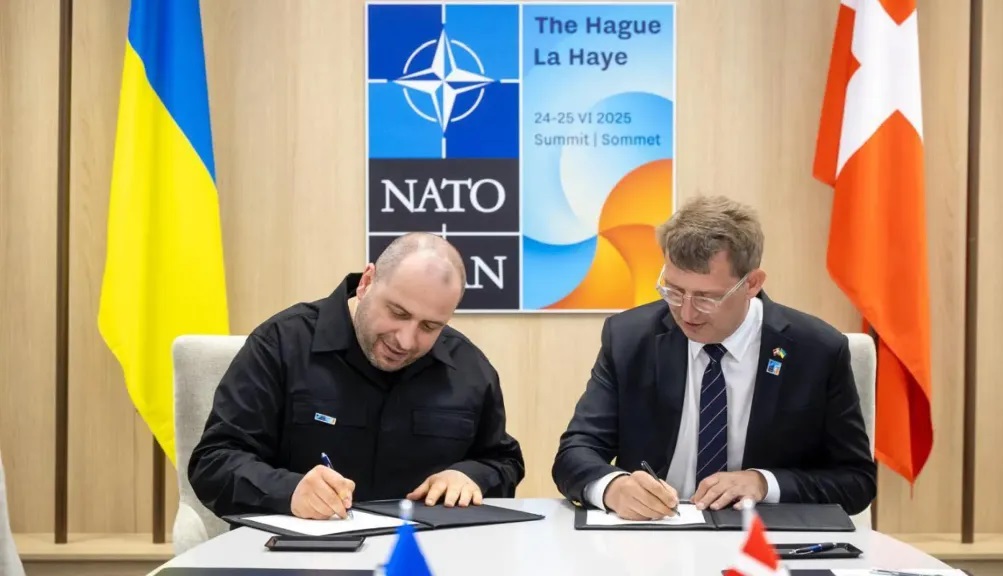The initial study – conducted by GE Aerospace and Avio Aero – analyzed several powerplant solutions, including advanced gas turbines, hybrid electric systems, hydrogen fuel cells, and hydrogen combustion engines. The teams explored multiple combinations of powerplants and airframe configurations to evaluate performance to meet NATO missions. The analysis included comprehensive assessments of unit costs, operational costs, total life cycle costs, speed, payload, and range, ensuring alignment with NATO’s objectives.
“We are proud to support NATO NSPA in this groundbreaking initiative,” says John Martin, director of turboshaft advanced programs at GE Aerospace. “Our study provides valuable insights into the capabilities of various powerplant options, bringing us closer to realizing the future of NATO’s next-generation, multi-capable helicopter.”
The findings from the project will inform the NGRC nations as they move forward with the development of advanced rotorcraft capabilities. As the NGRC project progresses, GE Aerospace and NSPA will continue to work together, leveraging their expertise to meet the evolving needs of NATO’s rotorcraft fleet.
“The NGRC Novel Powerplant final presentation event is a significant milestone in the NGRC Programme as the first Concept Study by industry comes to an end,” stated Kevin Luxford, NSPA NGRC principal officer. “The study has been a success thanks to the close collaboration and cooperation between NSPA and our study partner, GE Aerospace, and a willingness from GE Aerospace to openly share and discuss intermediate results and take our guidance into account as the study matured. The study results provide valuable knowledge and understanding as we head deeper into exploring potential NGRC concepts through the subsequent platform studies.”


